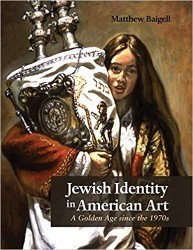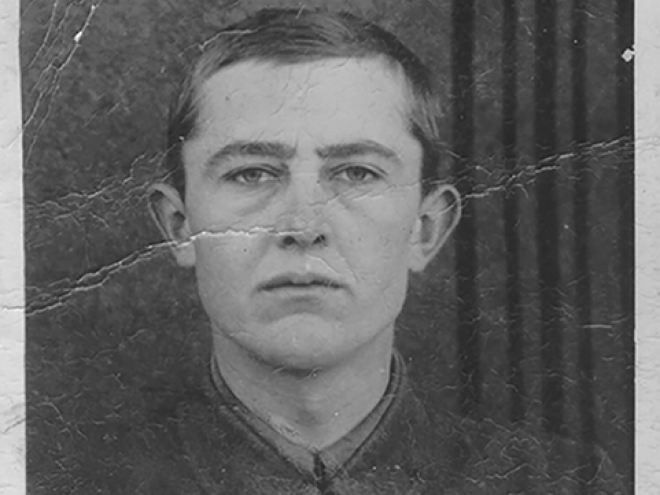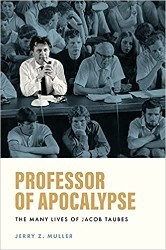The State of American Jewry: New Insights and Scholarship offers a rich and rewarding snapshot of the American Jewish community. Edited by Frederick E. Greenspahn, emeritus professor of Jewish Studies at Florida Atlantic University, the book features contributions by leading Jewish scholars in fields including ethics, sociology, education, and religion.
Topics covered in this engaging volume include an analysis of recent trends of migration to the US, including Israeli expats — who, one contributor notes, are unique among migration groups in that, according to surveys, they themselves, as well as their relatives back home in Israel, and their coreligionists in the US, often share the expectation that they will eventually return to the Jewish state.
Several chapters cover the growth of “Jews of Color,” and the range of sub-populations within that commonly-used term (which, one scholar argues, is less helpful than it purports to be when it comes to appreciating each subgroup’s unique Jewish experience and populations).
Also analyzed are Jewish denominations’, and institutions’, responses to the COVID-19 pandemic. As Zev Eleff notes, the Orthodox movement, by not yielding to the urge to move services online during quarantine, has maintained robust post-pandemic synagogue participation, while the liberal denominations have not. Eleff’s contribution is of particular value for his useful descriptions of various groups within the Orthodox label, including Chabad, Satmar, and Modern Orthodoxy, and their particular characteristics, beliefs, and even voting patterns.
Still other chapters discuss the economic range of contemporary Jews, internally and with regard to the general US population; how intermarriage has been dealt with historically and is being addressed today; and the shifting nature of what was once a largely unified American-Jewish community’s support of Israel. The book describes how after Hamas’s October 7th attack, many, though not all, self-described pro-Israel organizations, even those who had previously taken issue with more right-wing Israeli governments, rallied in defense of the country.
In a moving conclusion, the eminent American Jewish historian Hasia Diner cites the late Polish historian Simon Rawidowicz’s description of the Jews as “the ever-dying people” in his analysis of the Jewish people’s ability to avert annihilation and emerge reborn from the ashes. Perhaps, Diner suggests, a more apt description would be “the ever-changing people.” After all, not only have our people survived, we have flourished despite societal forces often seeking our destruction, dynamically adapting what it means to live Jewishly along the way.
Dr. Stu Halpern is Senior Advisor to the Provost of Yeshiva University. He has edited or coedited 17 books, including Torah and Western Thought: Intellectual Portraits of Orthodoxy and Modernity and Books of the People: Revisiting Classic Works of Jewish Thought, and has lectured in synagogues, Hillels and adult Jewish educational settings across the U.S.





